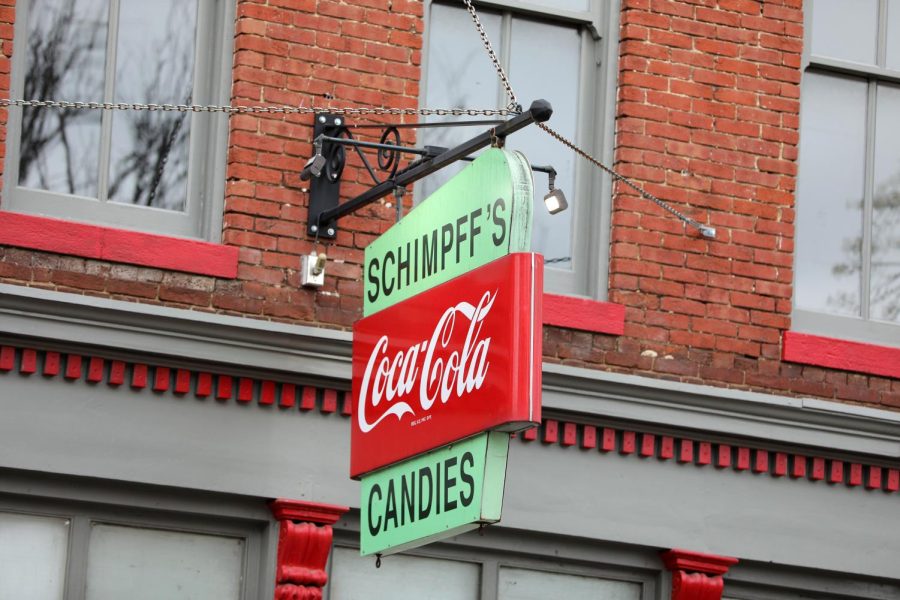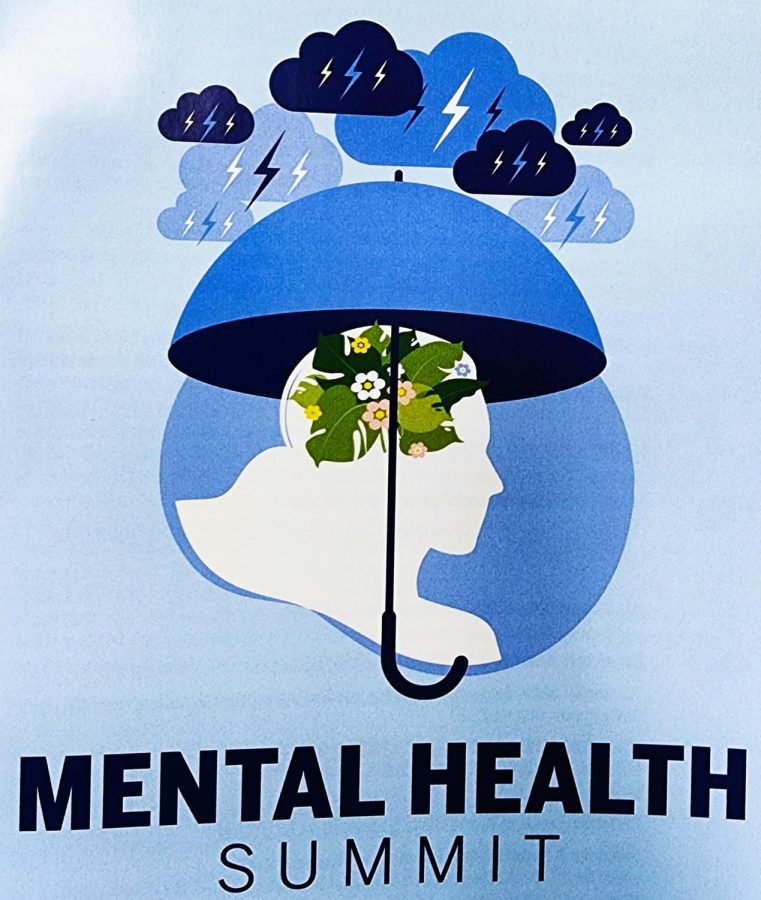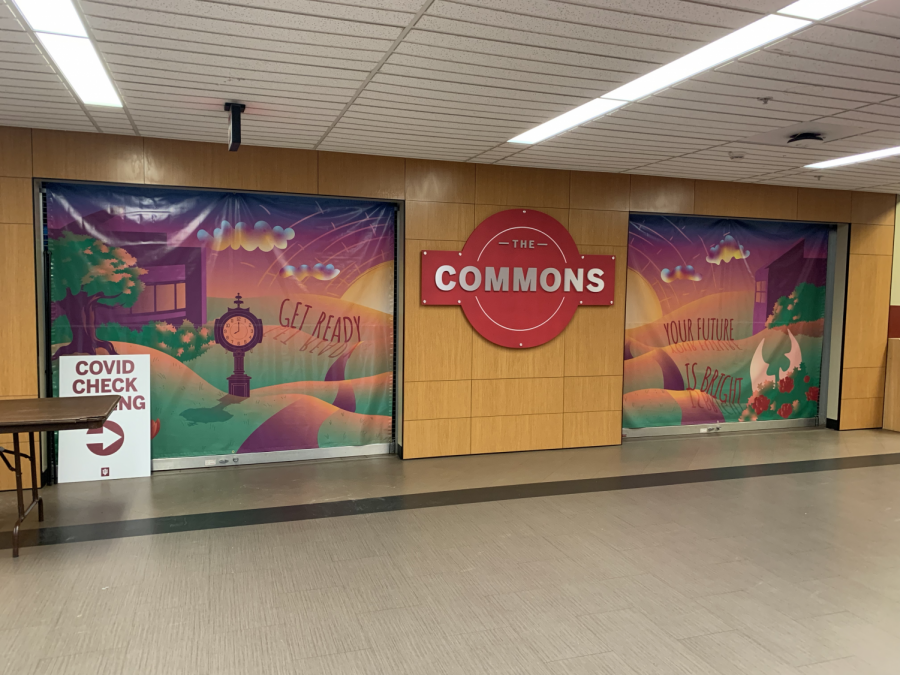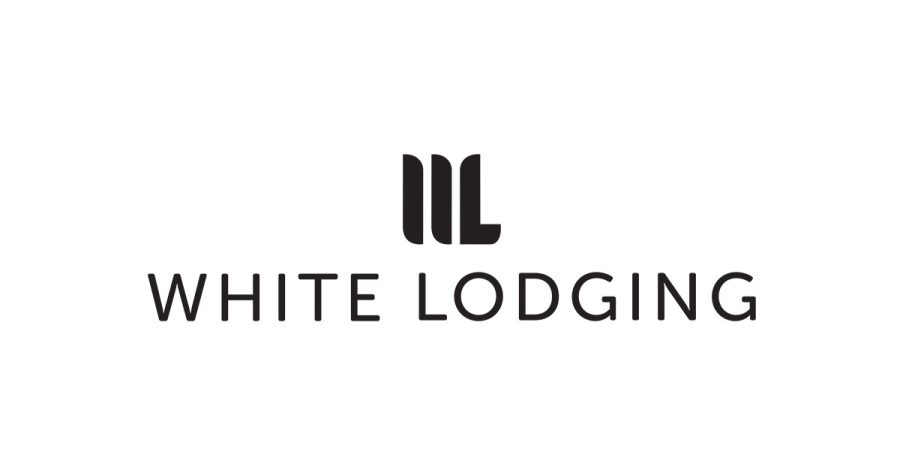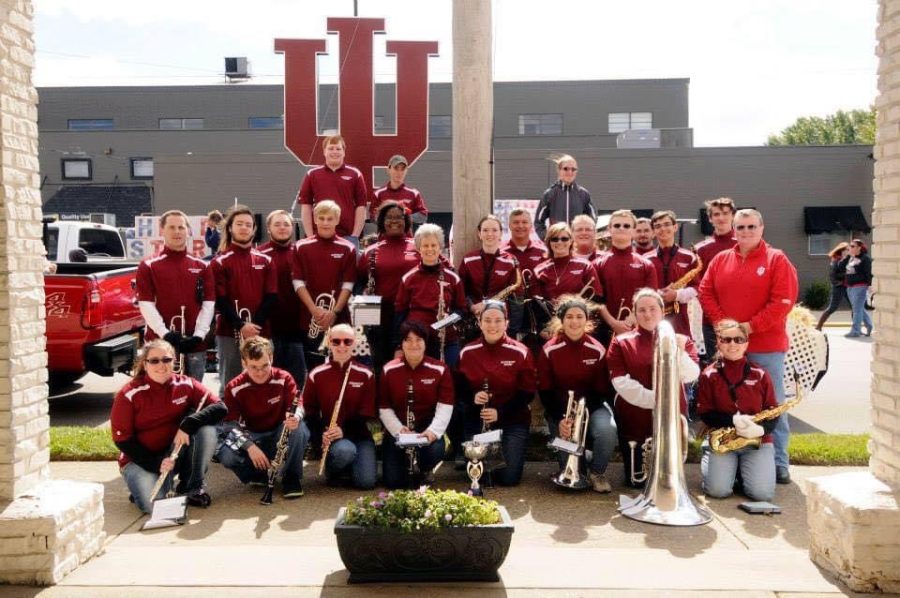On Jan. 9, a chemical used in coal processing leaked from a plant into the Elk River in Charleston, W.Va. The Elk River feeds into the Ohio River. Nearly 300,000 people in Charleston and the surrounding area were left without water, and 122 of those people sought treatment for ailments caused from the contamination.
Neighboring cities, like Cincinnati, took precautions to shut down the city’s intake valves for nearly an entire day. It used treated water that was stored within their their system and the water had been treated appropriately.
While the leak was essentially harmless to the Southern Indiana and Kentucky region, it startled Louisville and New Albany residents. Nothing was done to prevent the chemical leak from reaching Louisville and Southern Indiana, leaving the residents to wonder exactly what is in the water they consume daily.
Patty Ranaivo, assistant professor of chemistry, came to the southern Indiana region to study just that.
“Water is my passion and this is a great location for research,” Ranaivo said. “The Southern Indiana and Louisville area have extremely different chemical makeups in their ways of treating water.”
She said she believes that the chemical leak was bad, but the biggest challenge will be people gaining trust in the water-treating plants again.
“It’s hard to build confidence after a spill,” Ranaivo said. “Especially one that was preventable.”
She said what worried her most about the spill was that it showed how ill-equipped the water treatment plants are, in regard to different kinds of chemical compounds they are not already testing for.
“It was the consumer that realized something was wrong,” she said. “It is not our job to do that.”
In order to understand what is going on with the local water, each regional district annually releases a water quality report to the public. The report reveals simple facts about where the water in the cities is coming from and what is in it. The reports are easily accessible and can be found online at www.louisville.gov and www.in.gov.
According to the water quality report for Southern Indiana, most of the tap water comes from 19 wells. Ranaivo said that’s not a lot considering the size of the region. These wells serve Jeffersonville, Clarksville, New Albany and other surrounding communities.
The water in the Louisville Metro area comes directly from the Ohio River and is treated by two local Louisville water plants, according to the city’s water quality report.
In addition to breaking down exactly where drinking water comes from, the report also gives a very detailed list of certain chemicals that have been found in the water supply.
Some of the chemicals listed include Haloacetic Acids [HAA5] and Total
Trihalomethanes [TTHM].
In the reports from 2012 and 2013, both regions have a higher rate of these specific chemicals. According to the Environmental Protection Agency, these chemicals are used to disinfect the water.
“The water plants are not fully equipped to identify every kind of chemical compound,” Ranaivo said. “They are also not obligated to list everything they find, only certain chemicals.”
Ranaivo came to IU Southeast from Memphis, Tenn., where she had also studied water. She said the levels for these same chemicals in Memphis were much lower. While they are still within the normal range in Louisville, they are becoming more and more prevalent as time goes on.
Indiana, on a scale of 80 parts per million, is recorded as having 30.3 ppm of TTHM and 12.5 ppm of HAA5. Ranaivo said that the level for these specific chemicals were, or near, zero ppm when she studied the water in Memphis.
Ranaivo teaches a chemistry class in which she and her students will be studying the water in the surrounding area. She said she is not exactly sure what she will find, but she said she is confident that they will discover a chemical byproduct that has not yet been revealed on the water quality report.
In addition to recommending that students read these reports, Ranaivo strongly encouraged students to call the actual water treatment plants and ask questions if concerned.
“Everyone is busy, but if something looks odd, call the water treatment plant,” she said. “They are there to help you and to make sure you understand the information they hand out to you.”
Ranaivo said that there is no simple answer when treating water at home. The amount of chemicals put into the water is an outcome of natural human daily activity.
“No one just put the chemicals in to the water,” Ranaivo said. “The amount of waste is the disease and the entire problem we are facing now.”
In order to keep the water as clean as possible, Ranaivo said she suggested that everyone monitor the amount of waste they put out into the environment. She said by simply watching what you use and can re-use, not only will the water quality improve, but the environment will as well.
“Waste is a disease,” Ranaivo said. “You want to treat the disease and not the symptom. We need to promote a certain sense of responsibility and accountability because we will never cure

